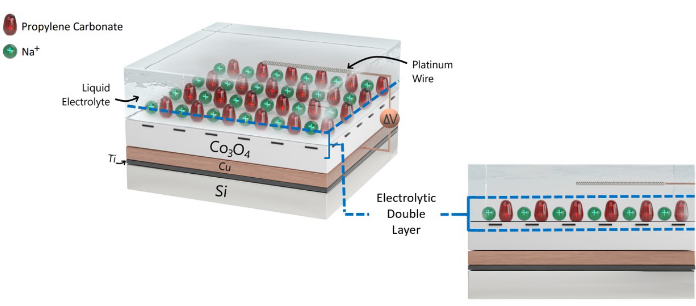Thursday, 17 February 2022
A step forward for neuromorphic computing: brain learning and forgetting functions reproduced using magnetic systems
A study led by the UAB and published in Nanoscale has managed to emulate neuromorphic learning abilities using thin layers of cobalt oxide, thus moving a step forward towards brain-inspired computers. This research was carried out in collaboration with the Alba Synchrotron (Barcelona), the CNR-SPIN (Italy), the Institute of Micro and Nanotechnology (Madrid) and the ICN2 (Barcelona).

With the advent of Big Data, current computational architectures are proving to be insufficient. A paradigm shift is necessary in order to overcome current difficulties in reducing transistor size for further integration and contain power consumption, as well as to reach extremely high operating speeds. make neuromorphic computing a promising alternative.
In this scenario, neuromorphic computing appears to be a promising alternative. Inspired by the brain computation strategy, it reproduces the activity of biological synapses by using artificial neural networks. Such devices work as a system of switches, so that the ON position corresponds to the information retention or ‘learning’, while the OFF position corresponds to the information deletion or ‘forgetting’.
In a recent publication, scientists from the Universitat Autònoma de Barcelona (UAB), the CNR-SPIN (Italy), the Catalan Institute of Nanoscience and Nanotechnology (ICN2) the Institute of Micro and Nanotechnology (IMN-CNM-CSIC) and the ALBA Synchrotron have explored the emulation of artificial synapses using new advanced material devices. The project was led by Dr Enric Menéndez and ICREA Prof Jordi Sort, both at the Department of Physics of the UAB. It involved researchers from the recently-created ICN2 Thermal Properties of Nanoscale Materials Group, in particular, Dr Aitor Lopeandia.
Read more about this exciting research here (ALBA Synchrotron news) or here (UAB newsroom).

